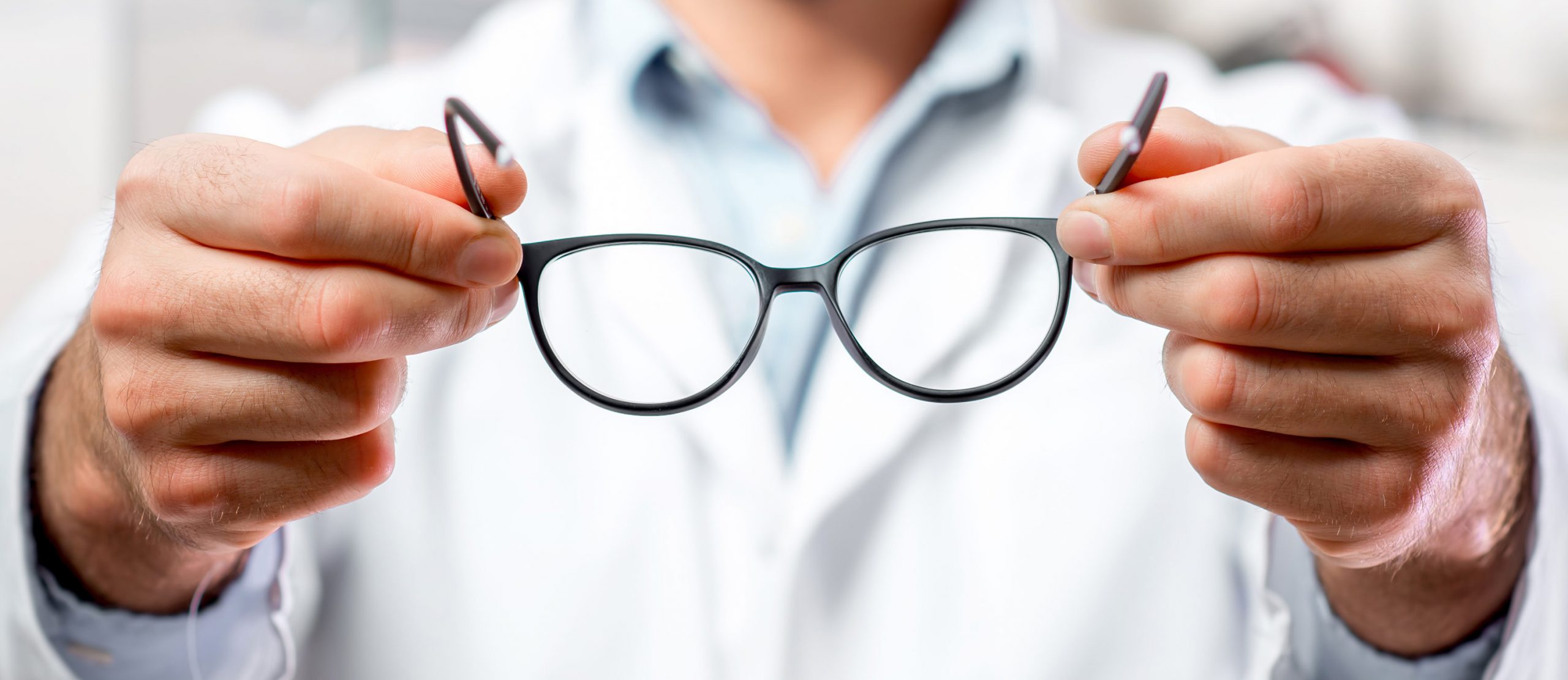
British Standards
British Standards
R10.1.1 Some occupations have visual standard and optical appliance requirements. Information on occupational visual standards is available in Appendix F[1]
R10.1.2 UK registered dispensing opticians may be placing themselves at risk in law if they do not supply lenses and frames that conform to the various Standards for appliances. (See Appendix F[2]). This applies to all finished spectacles. The Standards have been ‘registered’ with the Department of Trade and Industry under the Consumer Protection Act 1987. The Act makes provision with respect to the liability for damage caused by defective products. Consumer goods (and this includes optical appliances) will be deemed not to conform to general safety requirements unless they comply with British Standards in the case of spectacles.
R10.1.3 Existing ophthalmic standards are being further developed and British Standards have become based on European and International norms.
R10.3.1 The Medical Devices Directive (MDD) (93/42/EEC) covers a wide range of products. The Medical Devices Regulations (S1 1994 No. 3017), which implemented this Directive, came into force in the UK on 1 January 1995. From 14 June 1998 all devices placed on the market under the Regulations, with the exception of devices intended for clinical investigation and custom-made devices, must carry the CE mark. However, as regards ophthalmic devices, registration must occur in the following groups:
- lamps in ophthalmic examination
- fundus cameras, keratometers/slit lamp microscopes
- low vision aids
- ophthalmoscopes/retinoscopes
- spectacle lenses
- spectacle frames
- ready-made non-prescribed spectacles
- sight testing devices